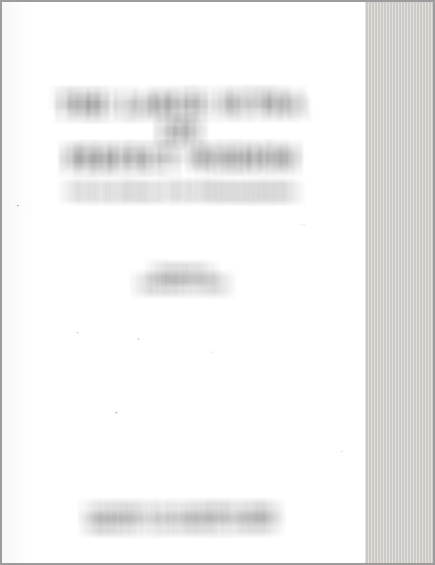Brihat Jataka by Varahamihira [Sanskrit/English]
by Michael D Neely | 2017 | 105,064 words
The Sanskrit text and English translation of the Brihat Jataka of Varahamihira.
Verse 4.16
कललघनाङ्कुरास्थिचर्माङ्गजचेतनताः सितकुजजीवसूर्यचन्द्रार्किबुधाः परतः ।
उदयपचन्द्रसूर्यनाथाः क्रमशो गदिता भवन्ति शुभाशुभं च मासाधिपतेः सदृशम् ॥ १६॥
kalalaghanāṅkurāsthicarmāṅgajacetanatāḥ sitakujajīvasūryacandrārkibudhāḥ parataḥ |
udayapacandrasūryanāthāḥ kramaśo gaditā bhavanti śubhāśubhaṃ ca māsādhipateḥ sadṛśam || 16||
The first, second, third, fourth, fifth, sixth, and seventh months after conception are assigned to Venus, Mars, Jupiter, the Sun, the Moon, Saturn, and Mercury, respectively. Furthermore, the lords of the lagna, the Moon, and the Sun are assigned to the eighth, ninth, and tenth months after conception, respectively. And they (the months) are good and bad with what is fit from the lord of the month.
English translation by Michael D Neely (2007)
Word-for-Word grammar analysis breakdown
kalala = fetus (1st month after conception)
ghana = compact mass (2nd month after conception)
aṅkura = swelling (3rd month after conception) asthi = bone (4th month after conception)
carma = skin (5th month after conception)
aṅgaja = hairs on the head (6th month after conception)
cetanata = the state of a conscious being (7th month after conception) kalalaghanāṅkurāsthicarmāṅgajacetanatās (stem form: kalalaghanāṅkurāsthicarmāṅgajacetanatā) (feminine, nominative, plural) = the first, second, third, fourth, fifth, sixth, and seventh month of after conception
sita = Venus
kuja = Mars jīva = Jupiter
sūrya = the Sun
candra = the Moon
ārki = Saturn budha = Mercury
sitakujajīvasūryacandrārkibudhās (stem form: sitakujajīvasūryacandrārkibudha) (masculine, nominative, plural) = Venus, Mars, Jupiter, the Sun, the Moon, Saturn, and Mercury
paratas (adverb) (indeclinable) = furthermore
udaya = the lagna
pa = ruling
candra = the Moon
sūrya = the Sun nātha = a lord
udayapacandrasūryanāthās (stem form: udayapacandrasūryanātha) (masculine, nominative, plural) = the lords of the lagna, the Moon, and the Sun
kramaśas (adverb) (indeclinable) = in due order
gaditās (1st class verb root: gad) (past passive participle, masculine, nominative, plural) = named
bhavanti (1st class verb root: bhū) (present indicative, parasmaipada, 3rd person, plural) = they are
śubha = good
aśubha = bad
śubhāśubham (stem form: śubhāśubha) (masculine, accusative, singular = good and bad
ca (conjunction) (indeclinable) = and
māsa = a month
adhipati = the lord
māsādhipates (stem form: māsādhipati) (masculine, ablative, singular) = from the lord of the month
sa = with
dṛśa = aspect
sadṛśam (stem form: sadṛśa) (masculine, accusative, singular) = with what is fit
Glossary of Sanskrit terms
Note: This extracts Sanskrit terms and links to English definitions from the glossary, based on an experimental segmentation of verse (4.16). Some terms could be superfluous while some might not be mentioned. Click on the word to show English definitions.
Kalala, Ghana, Ankura, Asthi, Carma, Carman, Angaja, Cetanata, Sita, Kuja, Jivasu, Acandra, Arkin, Budha, Paratah, Udaya, Pacat, Dra, Suryat, Kramashah, Kramashas, Gadita, Bhavanti, Bhavat, Bhavant, Shubhashubha, Masadhipati, Sadrisham, Sadrish, Sadrisha,
Other editions:
Also see the following editions of the Sanskrit text or (alternative) English translations of the Verse 4.16

Brihat Jātaka of Varāhamihira
by Michael D Neely (2007)
Edition includes original Sanskrit text, English translation and word-for-word analysis.